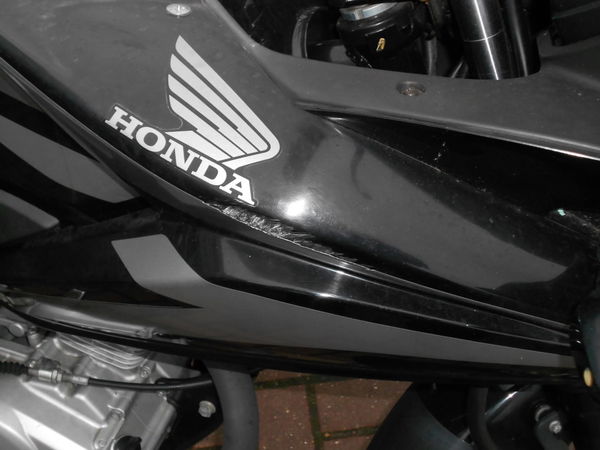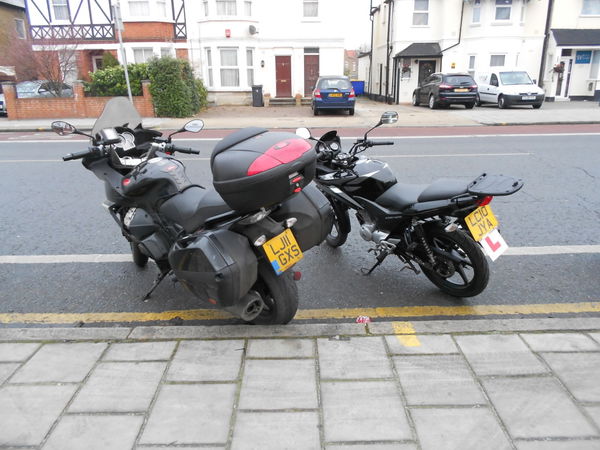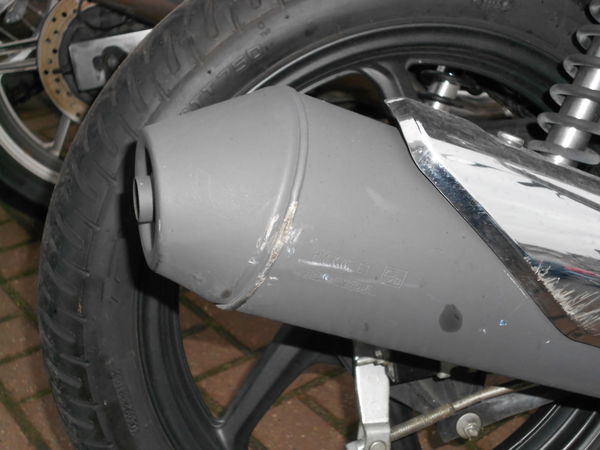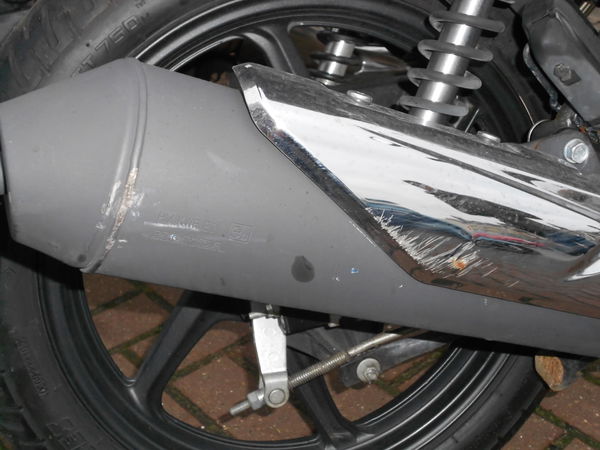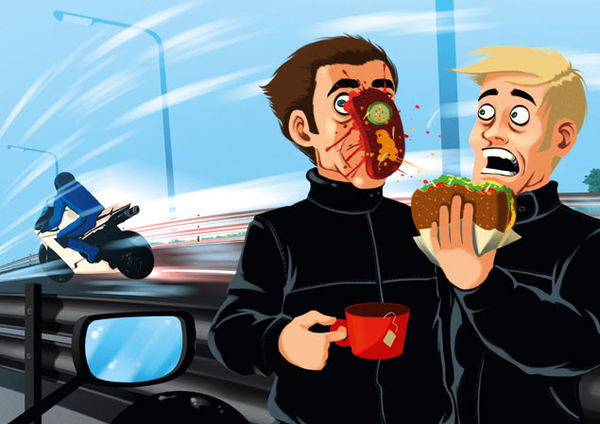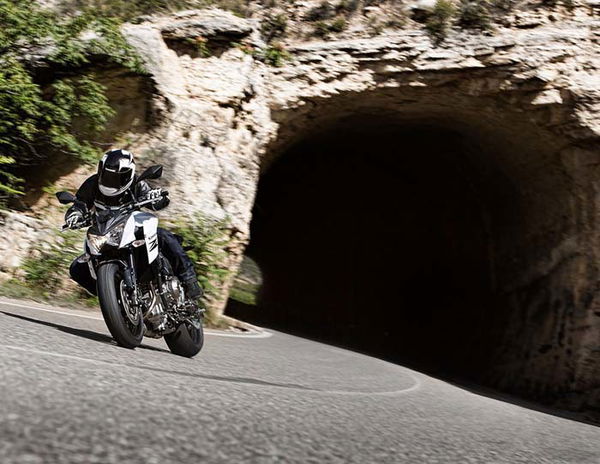Guide to: buying a beginner 125
Getting on the road
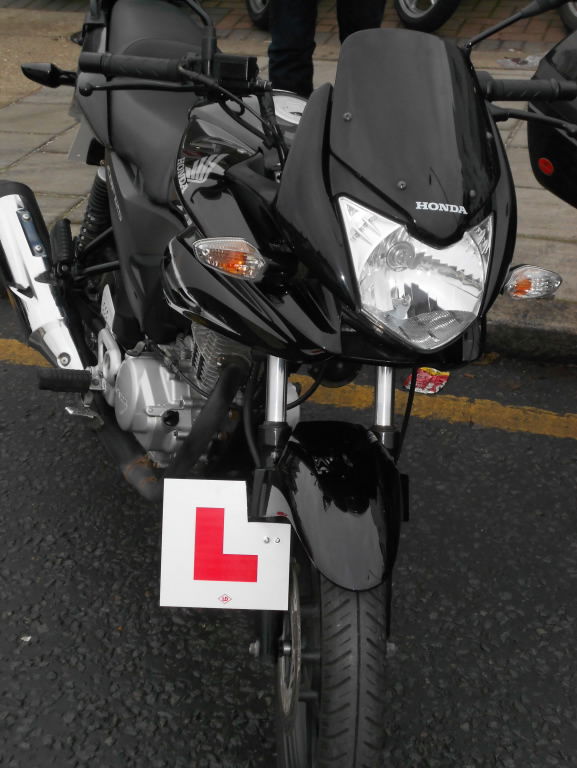
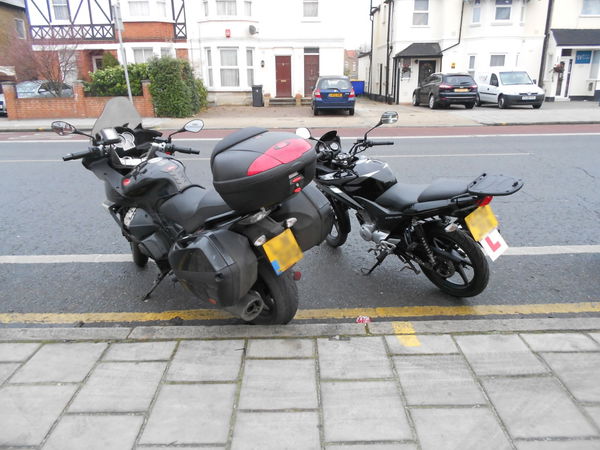
HAVING done my CBT (a rollercoaster you can read about here), my thoughts very quickly turned to buying my first bike.
Article originally written December 2012, updated July 2013
Research was usefully constrained by the fact that I am only entitled to ride a 125 - limiting the options considerably, but there is still enough choice in this area to require serious thought.
I was looking for all the things first time riders are looking for in their 125s - fuel efficiency, reliability and unintimidating handling. It is a well known fact that one 125 engine is roughly indistinguishable from another (the main shared characteristic being a total lack of power), so it came down to the main factors of comfort and ease of use. Establishing what these criteria are is important so that you understand what it is you're looking for.
Any potential bike would need a sizeable enough frame (I'm 6'1) that I didn't feel too spindly on it, but equally not so large that it was just unwieldy for an inexperienced young rider. I have long legs, so a decent enough seat height would be important.
The bike I came down on fairly quickly was the Honda CBF125 - a safe middle point, and a hugely reputable learner 125. But I wanted to thoroughly understand the alternatives before pursuing any further.
So Ben and I took a trip down to the local bike dealer (Motorcycle Giant, Shepherd's Bush) so I could sit on a few and get a feel for what styles suited. I would highly recommend doing this, because it doesn't cost anything and it will tell you so much about what you're comfortable on before you've even ridden a metre.
Tiny 125 MotoGP replicas covered in race paint were out immediately, for no other reason than that they're enormously daft. I worked my way through the 125s on show, slinging my leg over, among others, a Honda XR125, Suzuki DR125SM, Yamaha YZRF-125, Honda Varadero 125, Suzuki VanVan125 and Yamaha YBR125. I got on well with dirt bike styles, I particularly liked the high seat height and proximity between the rider and the handlebars - that made me feel comfortable and in control. But I was concerned about the lack of wind protection - how would it feel to be travelling at the much vaunted 70mph top speed? The VanVan made me look mightily silly. The Varadero was reassuringly large, but perhaps too big up front for me (also hold their value really well, as they look like a big bike and are perfectly suited to the taller gent, making them a bit out of my price range.) So I finally sat on the half-faired CF125 - it felt just right.
This would be the bike for me, dependable and pleasingly utilitarian. I decided there and then. Or had I? At the periphery of my vision, I glimpsed a flash of orange. Like a seductive femme fatale, a gleaming KTM Duke 125 sat on the other side of the garage trying to catch my eye. For a moment, I forgot my dowdy wife-to-be - why couldn't I have this orange stunner on my arm? Because, as Ben kindly pointed out, if I threw it down the road at that price (which I was bound to), I'd never forgive myself. There is no sense in buying the flashiest bike money can buy as a learner 125 - you will be too afraid to make mistakes on it, and why spoil your dream bike with a pair of bloody great learner plates? Not so cool anymore.
There is a good reason why the CBF125 is so popular with beginners - for a small bike they're incredibly comfortable, mpg figures are excellent and the engine is endlessly forgiving. It is the eminently sensible choice. Later on, I went to Motorcycle Live where, again, I sat on as many machines as possible. I could not be swayed from the view that the CBF was the right bike. So the hunt began.
They are surprisingly difficult to track down by virtue of the fact that they are so popular. They are sold almost as quickly as they can be brought into dealerships, and I was in the market for a relatively low-mileage second-hand one which narrowed the search further. Most would recommend this approach - let the first owner take the hit on the initial devaluation. After all, you may only have your learner bike for a few months.
After a bit of faffing, I discovered a Honda dealership which had two used ones on the forecourt - brilliant. Both in black, both a couple of years old, both with similar mileage.
It became immediately obvious that one had been dropped (see pic), and was in wholly worse shape than the other. I set my eyes on the second of the pair, with two careful previous owners from the same family, which I thought boded well. I asked to see the service book - they were in the midst of retrieving it from the previous owners, but had the service history in the dealership as the bike had originally been bought there, and they could get the book back from the previous owner in time for me to pick the bike up.
So I went ahead, and a week later picked up my new bike, riding it straight home down the A3. But that's a story for another day...
Based on my experience, things to look for when viewing a first bike:
- Full service history and paperwork (always check with whoever you're buying it from that these are in place as an absolute prerequsite to any transaction taking place)
- Take note of obvious things like whether or not the bike looks like it has been dropped, cosmetic signs will usually tell you but the main point here is that you don't know if the frame is still straight or what might have happened to it internally if it has been down.
- Look for general signs of caring ownership. A good example is that the other CBF125 that I did not end up buying had scratches all over the handlebar mount (see picture), suggesting that the previous owner had attached his bike keys to some sort of rattling jailers keyring, which then slewed around scratching everything in touching distance. This sort of thoughtlessness indicates numpty ownership which, again, could hide all sorts of bigger, unseen sins.
Overall summary:
- Research carefully, taking into account likely use, comfort and practicality.
- Visit a dealership or, even better, a bike show, and get a feel for what is avaliable. The range can be daunting.
- Try to buy through a reputable franchised dealer to ensure good support, especially for your first bike.
- Make a thorough inspection of all the relevant paperwork.
- Physically examine any potential candidates and follow your nose. If it looks as though it hasn't been looked after, then it probably hasn't.
- Take somebody with you who has prior experience. I would not have known what I was looking at without serious hand holding.
So what was your first bike?
